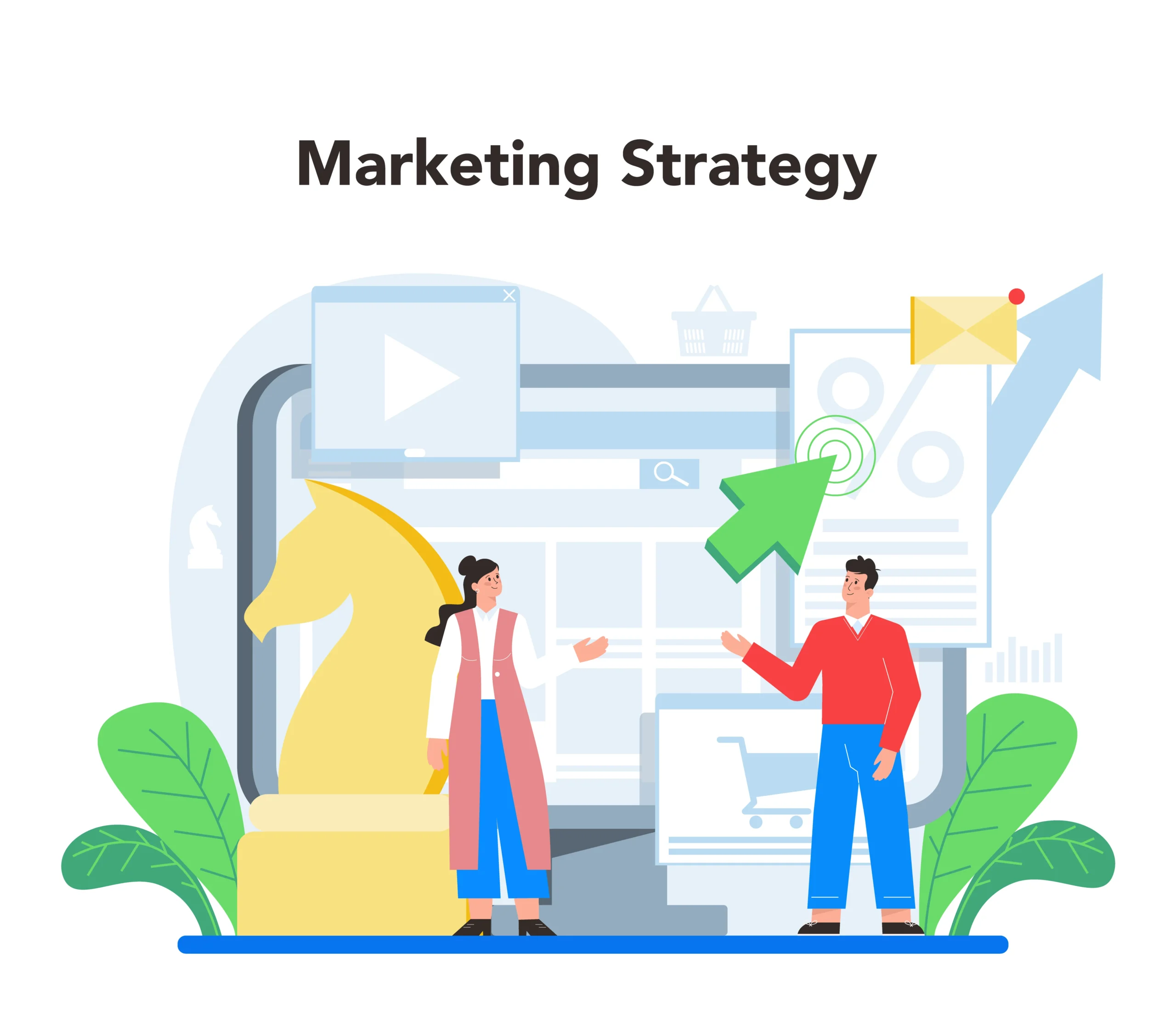Acquiring customers is the lifeblood of any business. Whether you’re a startup looking to make your first sale or an established company aiming to expand your market share, understanding how to attract and retain customers is crucial. This article explores various strategies for customer acquisition, providing actionable insights to help you grow your business.
Understanding Customer Acquisition
Customer acquisition refers to the process of bringing new customers to your business. It’s a multi-faceted approach that involves marketing, sales, customer service, and even product development. To effectively acquire customers, you need to understand their needs, preferences, and behaviors.
Why Customer Acquisition Matters
Customer acquisition is vital for business growth. It not only helps in increasing revenue but also in building brand awareness and market presence. Here are a few reasons why customer acquisition is crucial:
- Revenue Growth: More customers mean more sales and higher revenue.
- Market Expansion: Acquiring new customers can help you enter new markets and expand your reach.
- Brand Awareness: Each new customer can become a brand ambassador, spreading the word about your products or services.
- Sustainability: A steady influx of new customers ensures the long-term sustainability of your business.
Strategies for Effective Customer Acquisition
There are numerous strategies you can employ to attract new customers. These strategies range from digital marketing techniques to traditional sales methods. Here, we explore some of the most effective customer acquisition strategies.
Digital Marketing Strategies
1. Content Marketing
Content marketing involves creating and distributing valuable, relevant content to attract and engage your target audience. This can include blog posts, videos, infographics, and more.
- Blogging: Regularly publishing high-quality blog posts can improve your search engine rankings and drive organic traffic to your website.
- Videos: Creating engaging video content can help you reach a wider audience on platforms like YouTube and social media.
- Infographics: Infographics can simplify complex information, making it more accessible and shareable.
2. Search Engine Optimization (SEO)
SEO is the practice of optimizing your website to rank higher on search engine results pages (SERPs). This increases your visibility and attracts more organic traffic.
- Keyword Research: Identify and target relevant keywords that your potential customers are searching for.
- On-Page SEO: Optimize your website’s content, meta tags, and images to improve your search engine rankings.
- Off-Page SEO: Build high-quality backlinks from reputable websites to boost your site’s authority.
3. Social Media Marketing
Social media platforms offer a powerful way to connect with your audience, build relationships, and promote your products or services.
- Engagement: Actively engage with your followers by responding to comments, messages, and mentions.
- Advertising: Use paid advertising options on platforms like Facebook, Instagram, and LinkedIn to reach a broader audience.
- Content Sharing: Share valuable content that resonates with your audience to encourage shares and increase your reach.
4. Email Marketing
Email marketing remains one of the most effective ways to nurture leads and convert them into customers.
- Lead Magnets: Offer valuable resources like eBooks, whitepapers, or discounts in exchange for email addresses.
- Segmentation: Segment your email list based on customer behavior, preferences, and demographics to deliver personalized content.
- Automation: Use email automation tools to send timely and relevant emails to your subscribers.
Traditional Marketing Strategies
1. Networking and Partnerships
Building relationships with other businesses and professionals can open up new opportunities for customer acquisition.
- Networking Events: Attend industry conferences, trade shows, and networking events to connect with potential customers and partners.
- Partnerships: Collaborate with complementary businesses to cross-promote each other’s products or services.
2. Referral Programs
Referral programs incentivize your existing customers to refer new customers to your business.
- Incentives: Offer rewards such as discounts, freebies, or cash bonuses to customers who refer new clients.
- Tracking: Use referral tracking tools to monitor the success of your referral program and identify top referrers.
3. Direct Mail
Despite the rise of digital marketing, direct mail remains an effective way to reach certain customer segments.
- Targeted Campaigns: Use direct mail to target specific demographics or geographic areas with personalized offers.
- Creative Design: Ensure your direct mail pieces are visually appealing and include a clear call to action.
Measuring Customer Acquisition Success
To ensure your customer acquisition efforts are effective, it’s essential to measure and analyze your performance regularly.
Key Metrics to Track
- Customer Acquisition Cost (CAC): The total cost of acquiring a new customer, including marketing and sales expenses.
- Customer Lifetime Value (CLV): The total revenue you can expect from a customer over the course of their relationship with your business.
- Conversion Rate: The percentage of leads that convert into customers.
- Return on Investment (ROI): The overall return on your customer acquisition efforts compared to the costs incurred.
Tools and Techniques
- Analytics Tools: Use tools like Google Analytics, HubSpot, or Salesforce to track and analyze your customer acquisition metrics.
- A/B Testing: Conduct A/B tests to determine which marketing strategies and tactics are most effective.
- Customer Feedback: Gather feedback from new customers to understand their experience and identify areas for improvement.
Conclusion
Mastering customer acquisition is essential for the growth and sustainability of your business. By implementing a mix of digital and traditional marketing strategies, you can attract new customers, increase your revenue, and build a loyal customer base. Remember to continuously measure and analyze your efforts to optimize your customer acquisition process and achieve long-term success.
Incorporate these strategies into your business plan and watch your customer base grow. With dedication and the right approach, you can turn prospects into loyal customers and drive your business to new heights.


